Interested in aging, skin, epigenetics and more!🧬🐁

In adult epidermis, during homeostatic conditions, BMAL1 and YAP coordinately bind to enhancers of identity and maintenance genes.➕
In adult epidermis, during homeostatic conditions, BMAL1 and YAP coordinately bind to enhancers of identity and maintenance genes.➕
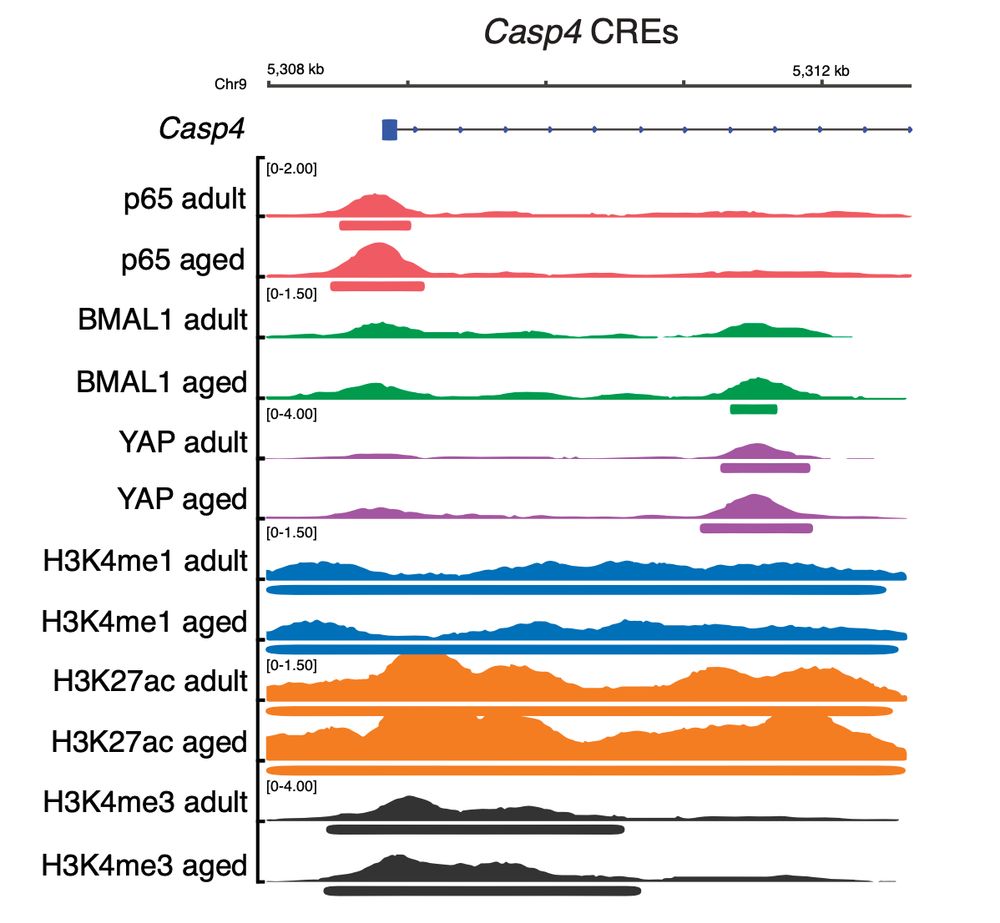
Actually, we have already shown in a previous study that p65 plays a key role in controlling the expression of inflammation genes during epidermal ageing!👀
Actually, we have already shown in a previous study that p65 plays a key role in controlling the expression of inflammation genes during epidermal ageing!👀
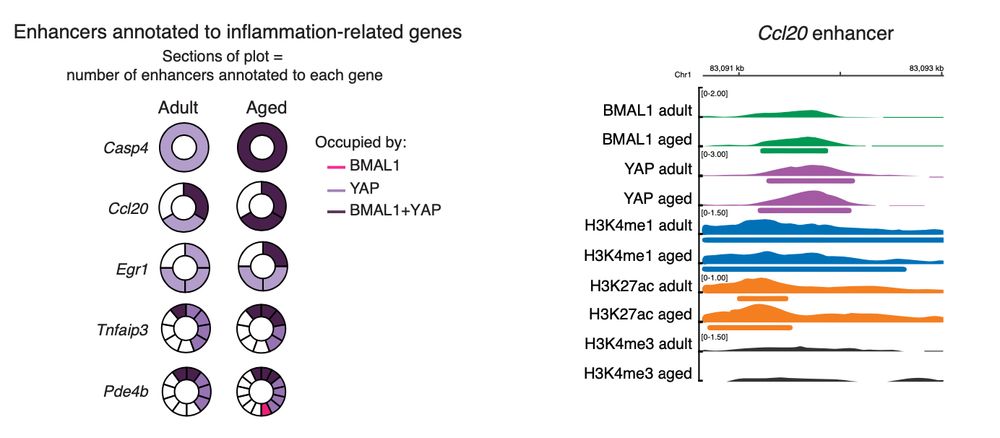
+ Notably, during ageing, this happens in active enhancers of inflammation genes, some of which expression is up-regulated.
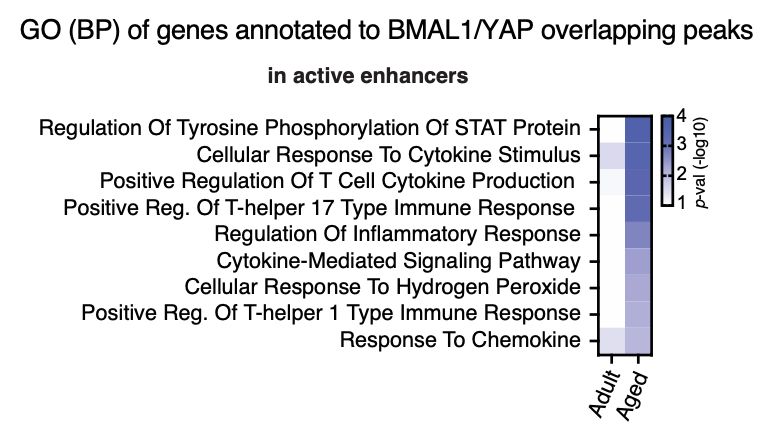
+ Notably, during ageing, this happens in active enhancers of inflammation genes, some of which expression is up-regulated.


So, are there other triggers that can boost YAP activation during ageing?
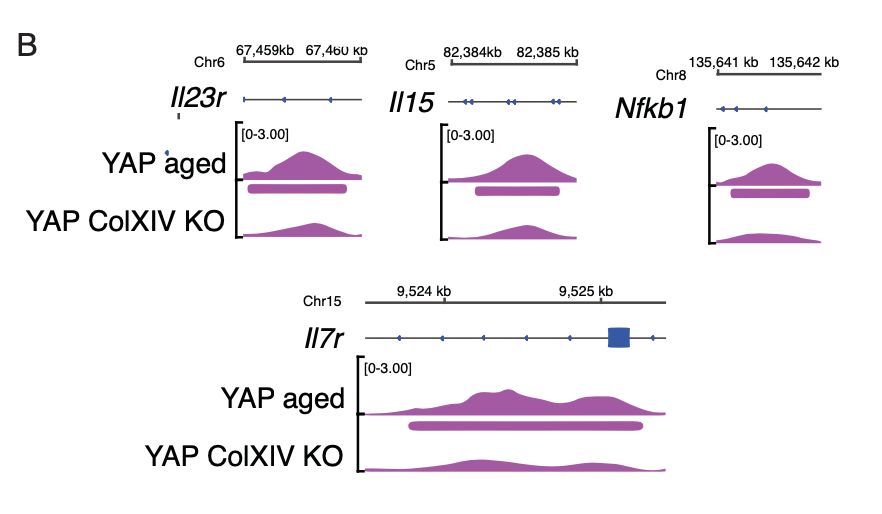
So, are there other triggers that can boost YAP activation during ageing?
To tackle that, we first needed to gain a little insight into how YAP activation happens during ageing. ⤵️
To tackle that, we first needed to gain a little insight into how YAP activation happens during ageing. ⤵️
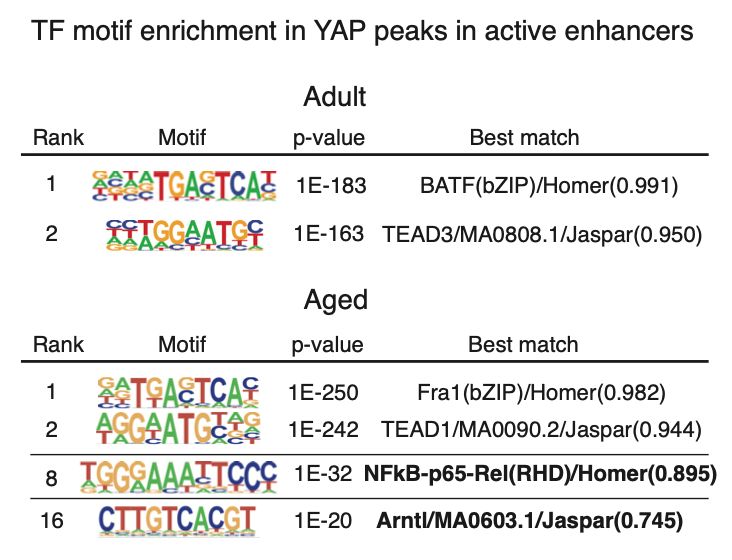



PLA assay on skin sections shows BMAL1-YAP interactions in the nucleus of epidermal cells, suggesting a possible BMAL1 and YAP functional interaction in the epidermis chromatin.🧐


PLA assay on skin sections shows BMAL1-YAP interactions in the nucleus of epidermal cells, suggesting a possible BMAL1 and YAP functional interaction in the epidermis chromatin.🧐
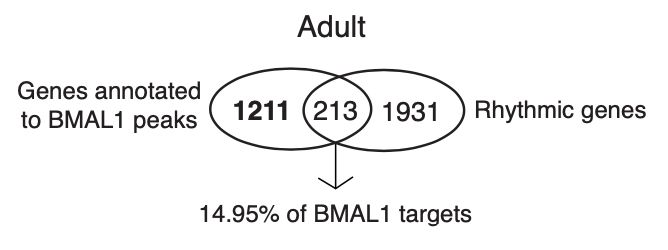
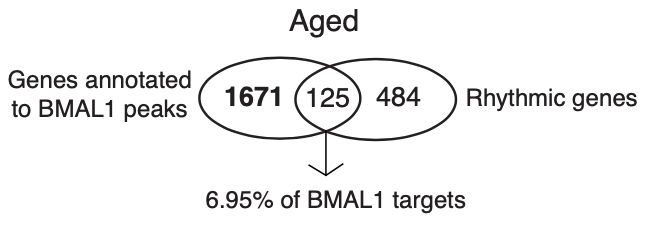
Moreover, this binding occurs in enhancers, emphasising BMAL1 role in enhancer regulation.

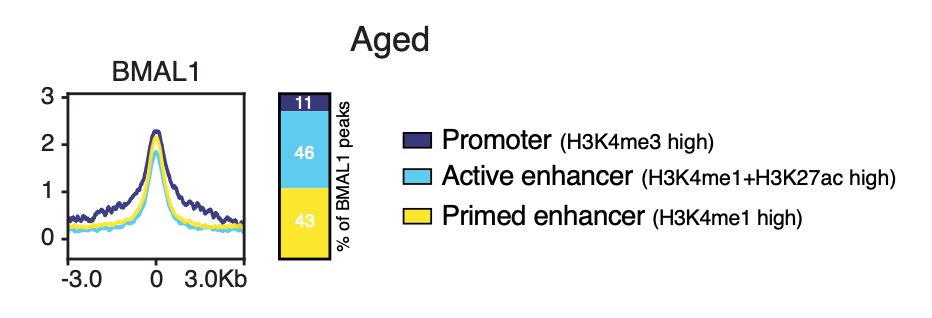
Moreover, this binding occurs in enhancers, emphasising BMAL1 role in enhancer regulation.
But who promotes such an expression program?
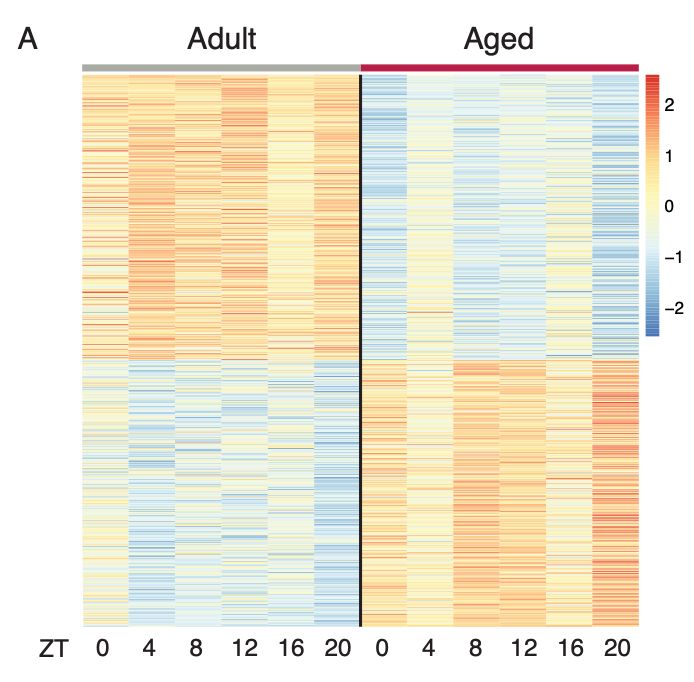

But who promotes such an expression program?

